Have you ever watched your cat get up, wander away as if bored, and then—just when you think they’re gone—circle back and settle right beside you? It’s a quirky, almost mysterious dance, and for cat lovers, it’s both endearing and endlessly puzzling. Many cat owners have wondered if this behavior means their feline is annoyed, confused, or simply playing mind games. The truth is, cats are far more complex than we sometimes give them credit for, and every little movement hides a world of meaning. Let’s unravel the secrets behind this fascinating feline ritual and discover why your cat can’t resist coming back to your side.
Natural Instincts at Play
Cats are creatures deeply connected to their instincts. In the wild, walking away and then returning is a way to survey their territory for safety. Even our domesticated companions still retain these instincts—scanning, checking, and only fully relaxing when they’re certain all is well. When your cat leaves your side, it might be indulging in an age-old urge to “patrol” the environment. Only after this quick check does your cat feel comfortable enough to settle down beside you again. This routine mirrors the vigilant behavior of their wild ancestors, showing that even in the comfort of our homes, nature’s programming still runs deep.
Testing Boundaries and Independence

Cats are famous for their independent streak. Walking away is one way they assert their autonomy—reminding you (and themselves) that they’re their own boss. When they circle back, it’s a gentle signal that, yes, they choose your company, but always on their own terms. This pattern isn’t about rejection; it’s about balance. They need to feel free, yet they still crave the comfort and warmth of your presence. Watching your cat do this dance is a lesson in respecting their unique mix of independence and affection.
Seeking Comfort and Warmth

Your cat’s return to your side often has a practical reason: you’re a source of warmth and comfort. Cats are always searching for cozy spots, and your lap, armchair, or even the floor beside you fits the bill. After a brief stroll, your cat realizes there’s no better place than by your side. This returning ritual shows how much they value your presence as a safe, inviting space. It’s their way of saying, “This is where I feel good.”
Curiosity and Environmental Scanning

Cats are naturally curious, always alert to their surroundings. When your cat gets up and walks away, it might have spotted a flicker of movement, heard a tiny sound, or simply felt the need to investigate. Once satisfied that nothing is amiss, they circle back to you, content and reassured. This behavior demonstrates their alertness and their constant drive to explore—even if it’s only a brief inspection of the living room rug.
Social Attachment and Affection
Despite their reputation for aloofness, cats can be deeply attached to their humans. Circling back is a subtle but powerful sign of affection. It’s as if your cat is saying, “I checked things out, and my favorite place is still right here, with you.” This gentle return is their way of reaffirming the bond between you, quietly but unmistakably showing their love.
Communication Through Body Language
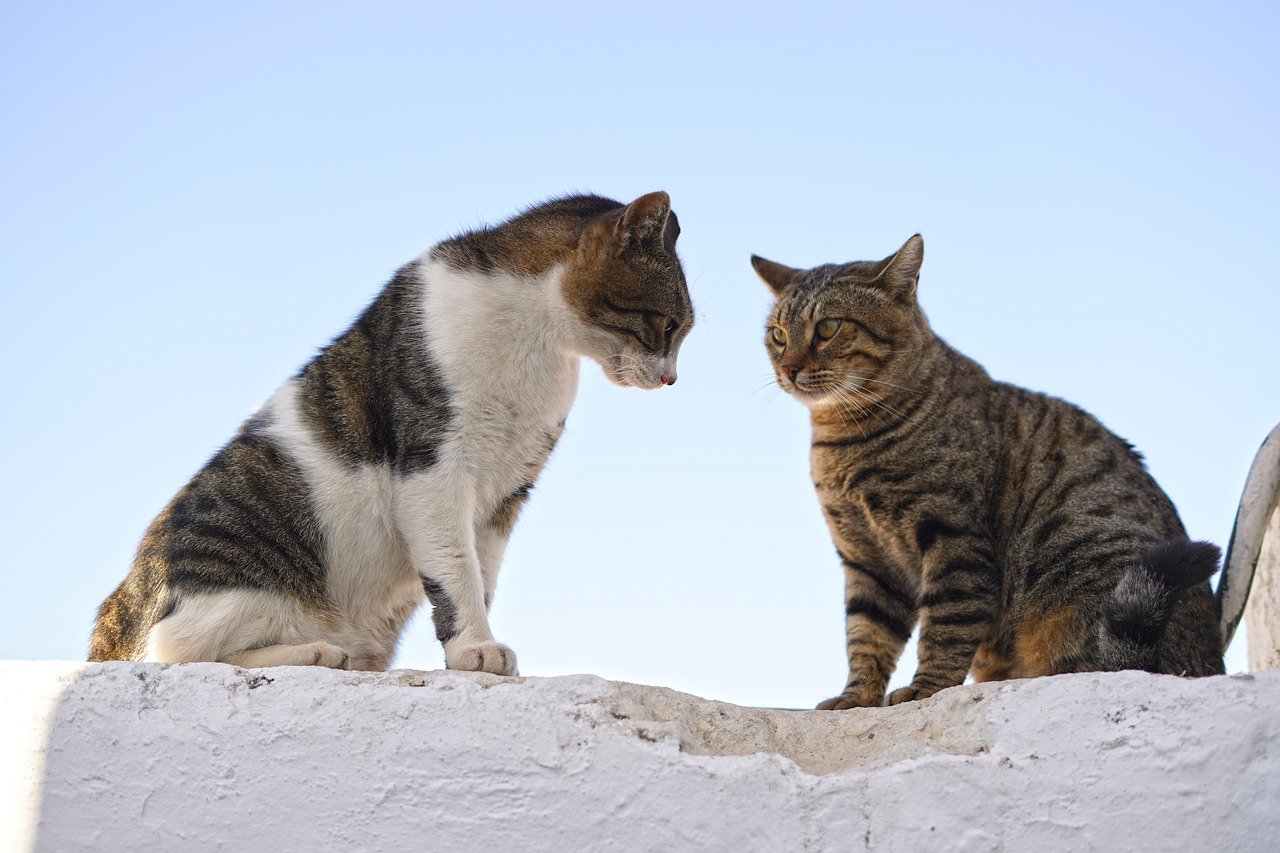
Cats don’t use words, but their bodies speak volumes. Walking away can be a form of non-verbal expression—perhaps indicating they need a moment alone. When they return, their relaxed posture and slow blink may signal comfort and trust. Every tail flick, ear twitch, and gaze is part of a silent conversation. Learning to “read” these signals helps deepen the bond you share and makes you more attuned to your feline friend’s moods.
Marking Territory and Familiarity
By walking away and then returning, cats are reinforcing their connection to their environment—and to you. Sitting near you, they may rub against your leg or knead the blanket, marking both you and the space as “theirs.” This is a deeply comforting ritual for many cats, blending their instinct to claim territory with their desire for closeness. Each lap around the room is a reminder that this is their domain, shared with someone they trust.
Attention-Seeking Behavior
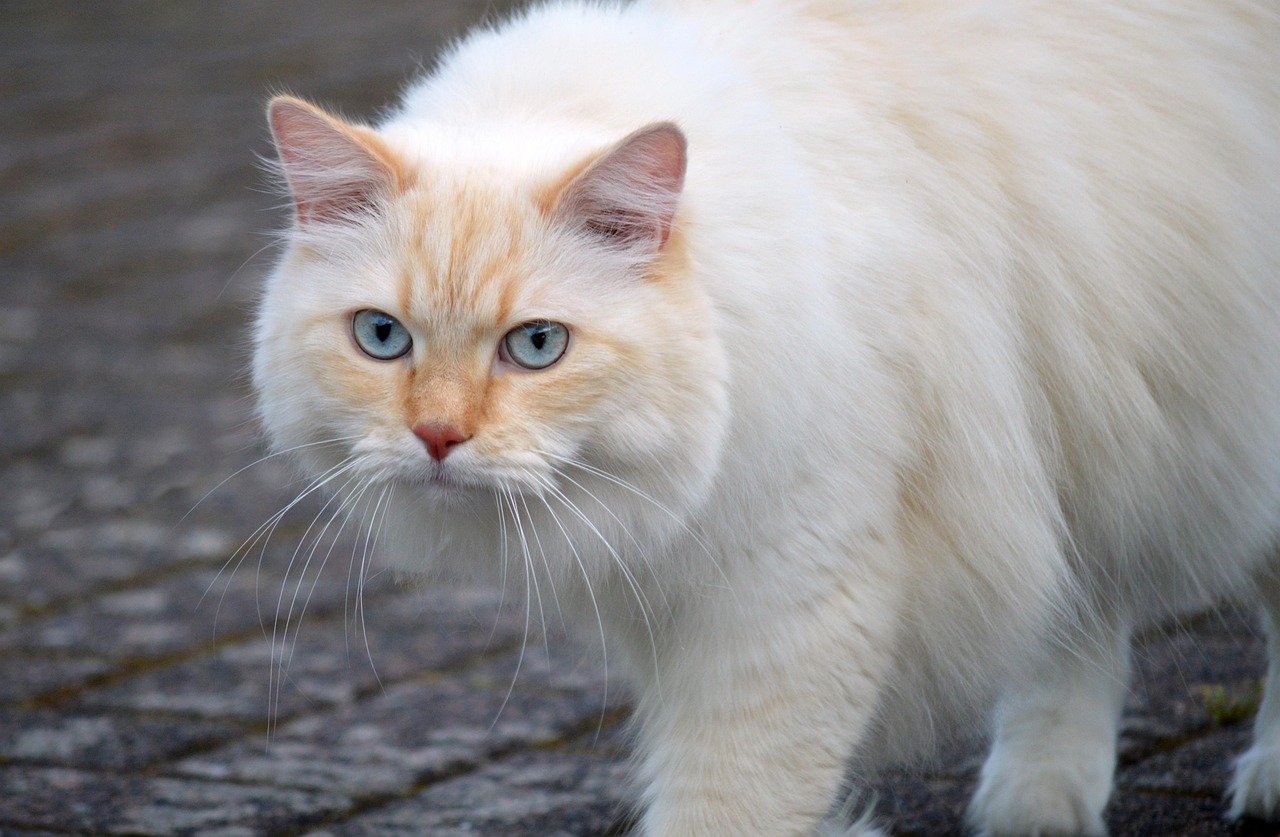
Sometimes, your cat walks away just to see if you’ll react. If you call their name, pat the couch, or look disappointed, they may return with a triumphant air, having successfully captured your attention. This little “game” can become a form of communication, a way for your cat to engage with you in a playful, interactive way. They enjoy knowing you’re invested in their actions and will often repeat the behavior to keep the interaction going.
Comfort in Routine and Repetition
Cats thrive on routine. The act of walking away and circling back becomes a comforting pattern in their daily life. This repetition builds a sense of security, both for them and for you. Watching your cat repeat these familiar actions can be as soothing for you as it is for them, creating a rhythm to your shared days. It’s a small, everyday ritual that says, “All is well in our world.”
Assessing Your Mood and Reactions
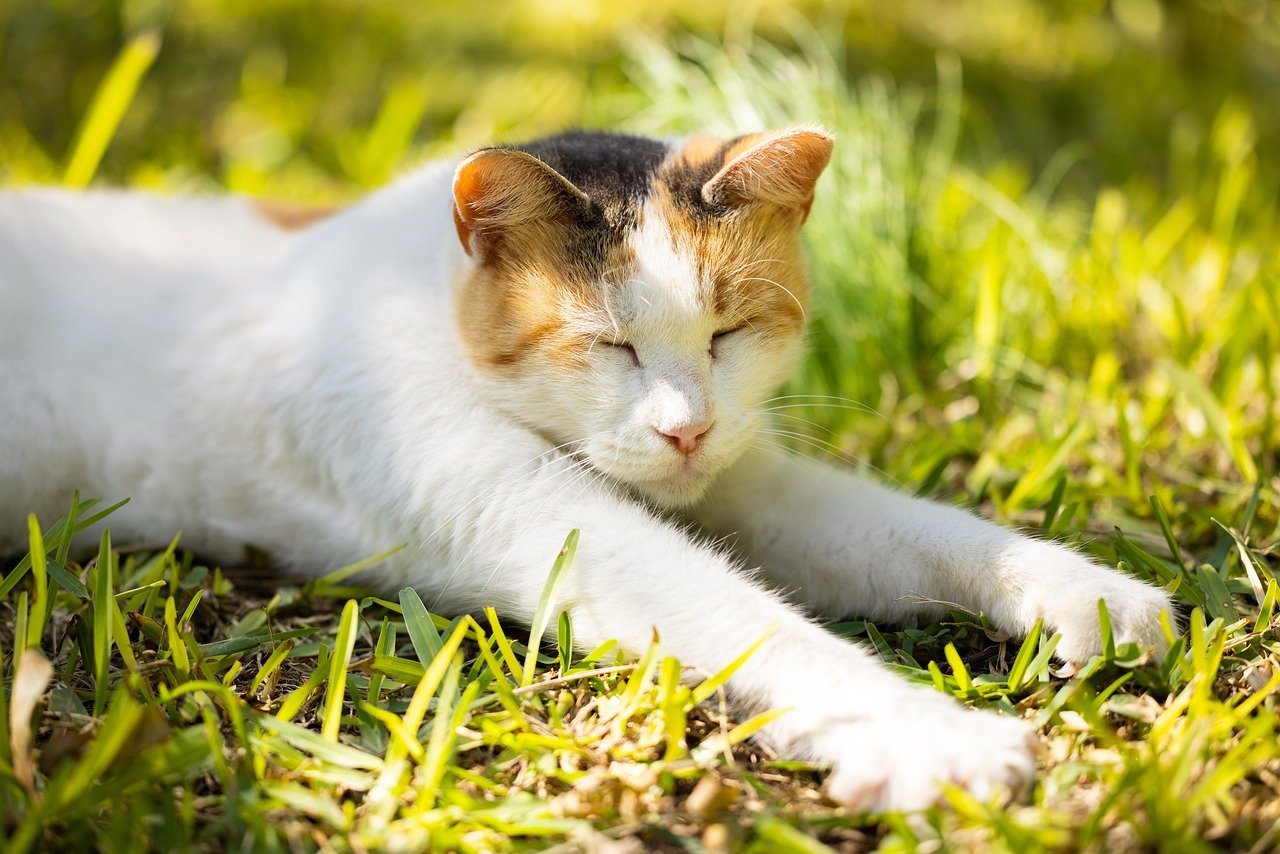
Believe it or not, your cat is keenly attuned to your emotions. Walking away gives them a chance to “read the room,” picking up on your body language, tone of voice, and overall mood. If they sense you’re calm and welcoming, they’ll return to your side. If you seem agitated or distracted, they may keep their distance a bit longer. It’s their unique way of supporting you, adjusting their behavior to match your needs.
Self-Soothing and Personal Space
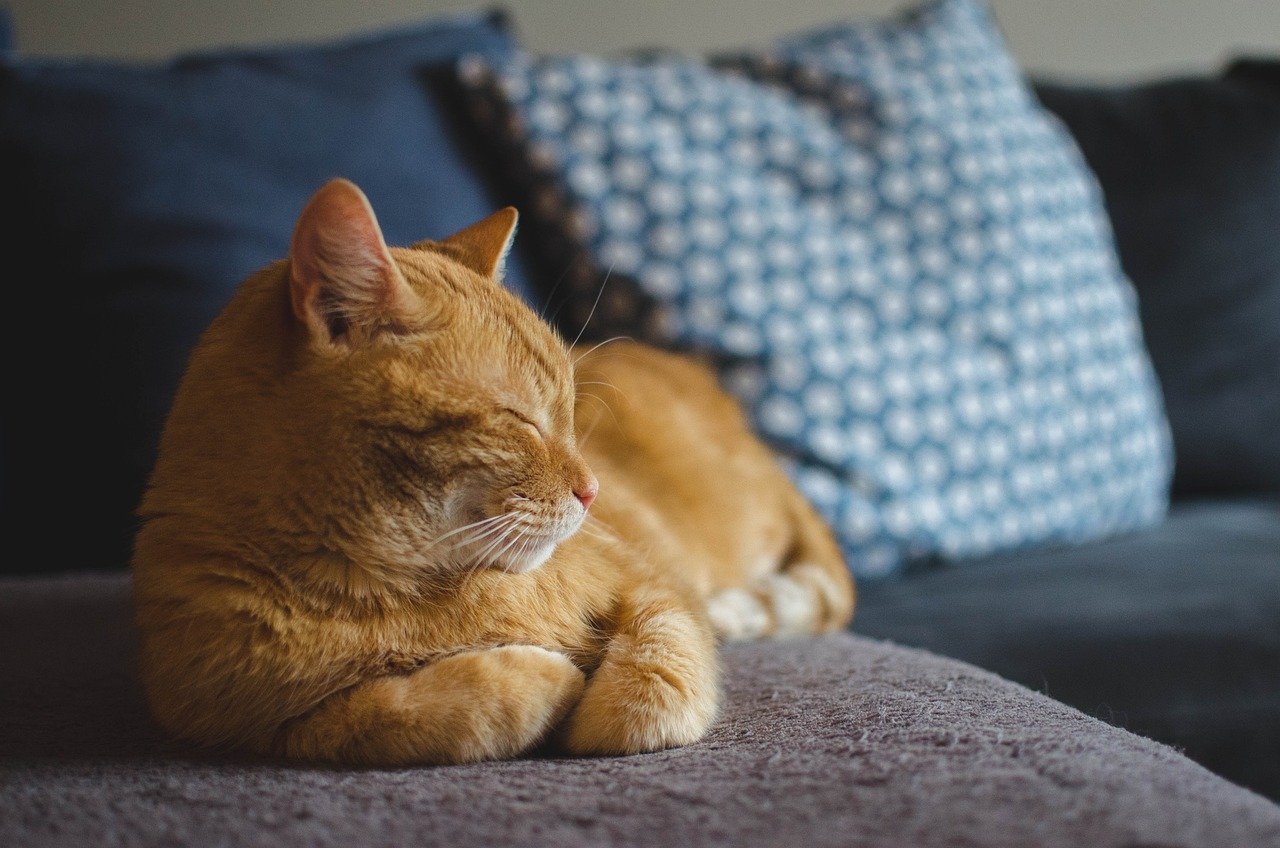
Just like people, cats need a little “me time.” Walking away lets them decompress, stretch, or simply collect themselves. When they return, it’s a sign they’ve reset and are ready for more closeness. This need for personal space doesn’t mean they’re upset with you—it’s simply part of their healthy self-regulation. Respecting their rhythms helps build a stronger, more trusting relationship.
Predatory Playfulness
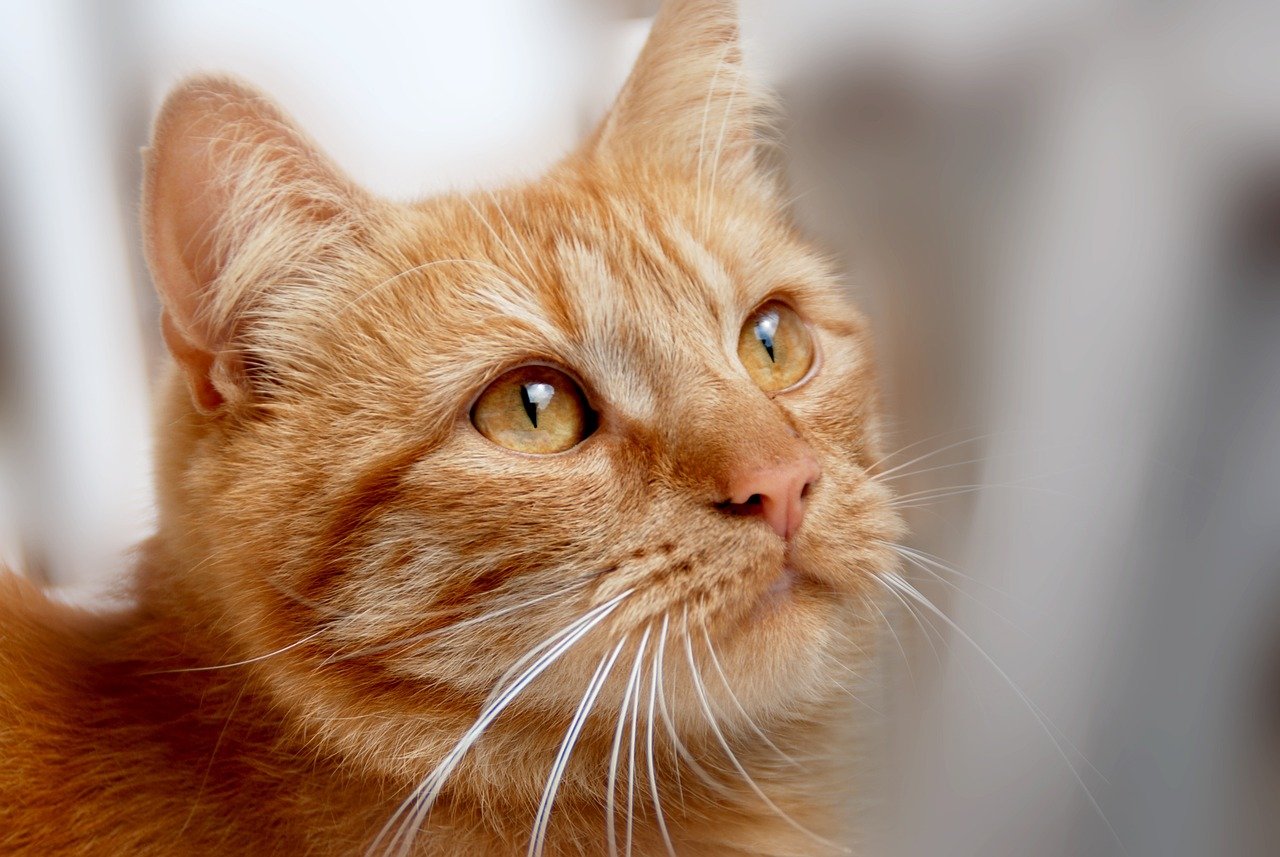
The way cats move—slowly, deliberately, sometimes pausing before returning—often mimics their hunting instincts. Walking away and circling back can be a playful reenactment of stalking and pouncing. When your cat returns to sit near you, they might be inviting a gentle play session or just indulging their inner hunter. These playful behaviors are a joyful reminder of their wild roots.
Managing Overstimulation
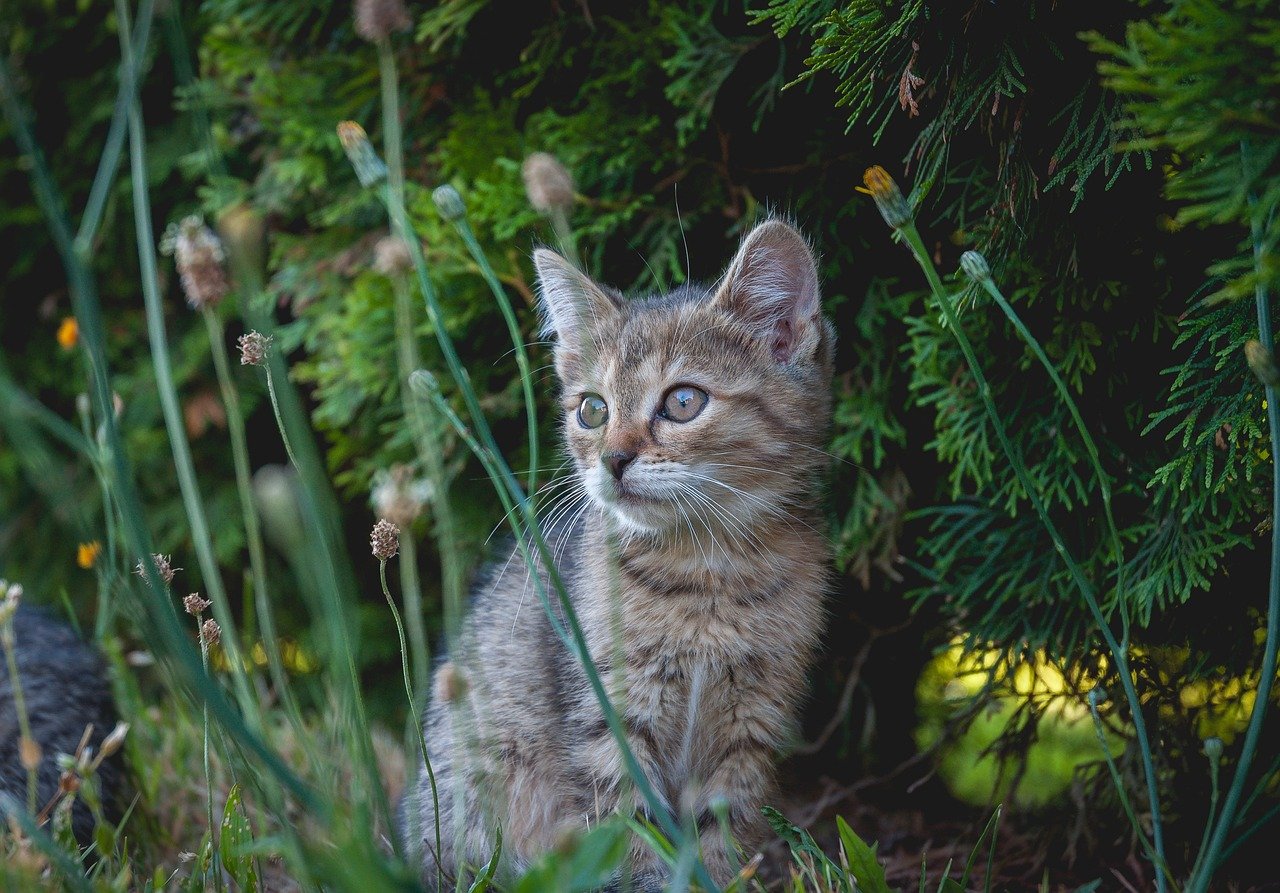
Petting, cuddling, or too much excitement can sometimes overwhelm a cat. When your feline friend walks away, they may be taking a break to avoid overstimulation. Their return signals they’re ready for more interaction. This delicate balance between closeness and distance is essential for their comfort and happiness.
Health and Physical Comfort
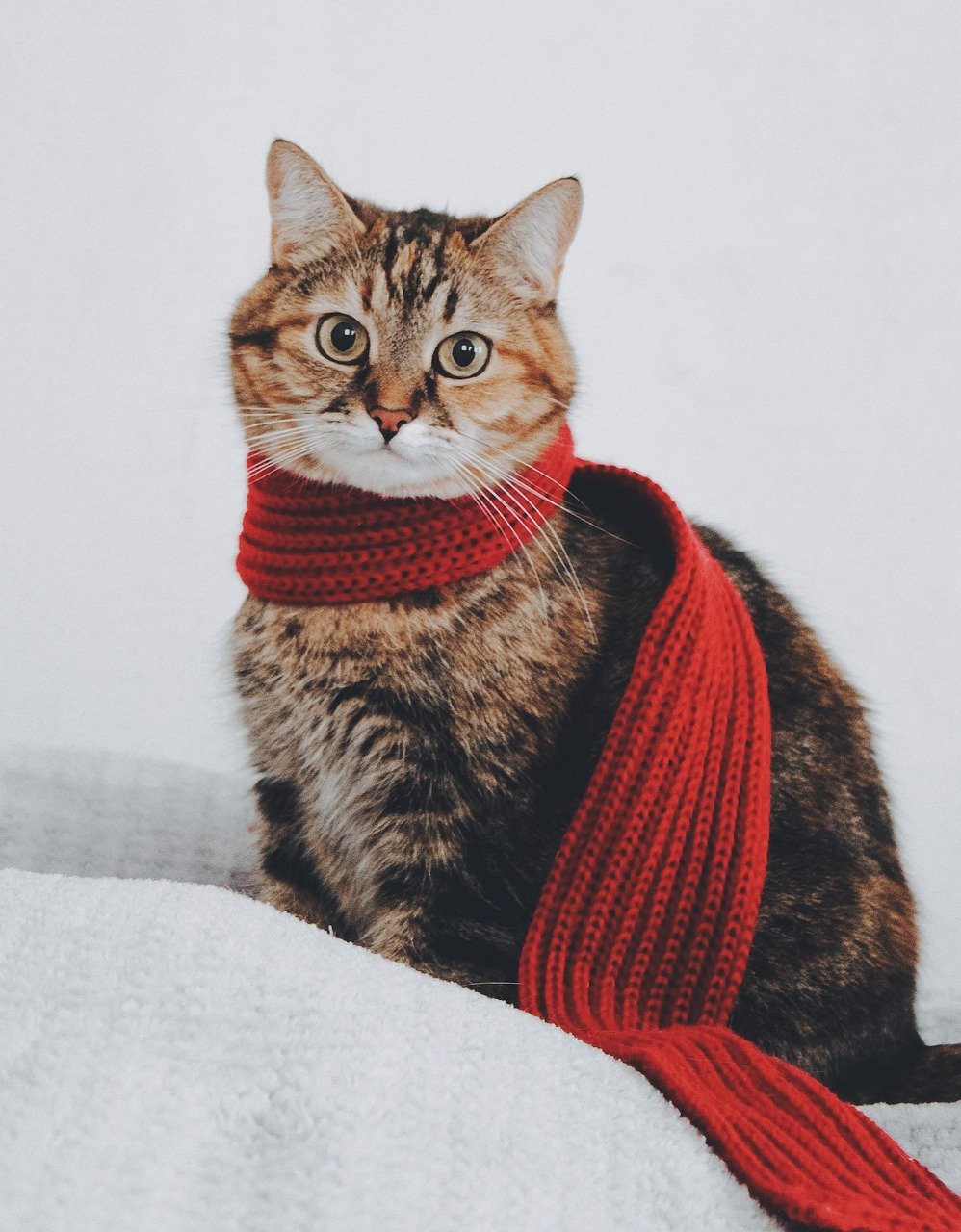
Sometimes, the reason for walking away and returning is purely physical. Your cat might be adjusting to find a more comfortable spot or position. If you notice this behavior happening more frequently, it could be worth checking for any signs of discomfort or health issues. Usually, though, it’s just your cat’s way of making sure everything feels just right.
Imitation and Learning
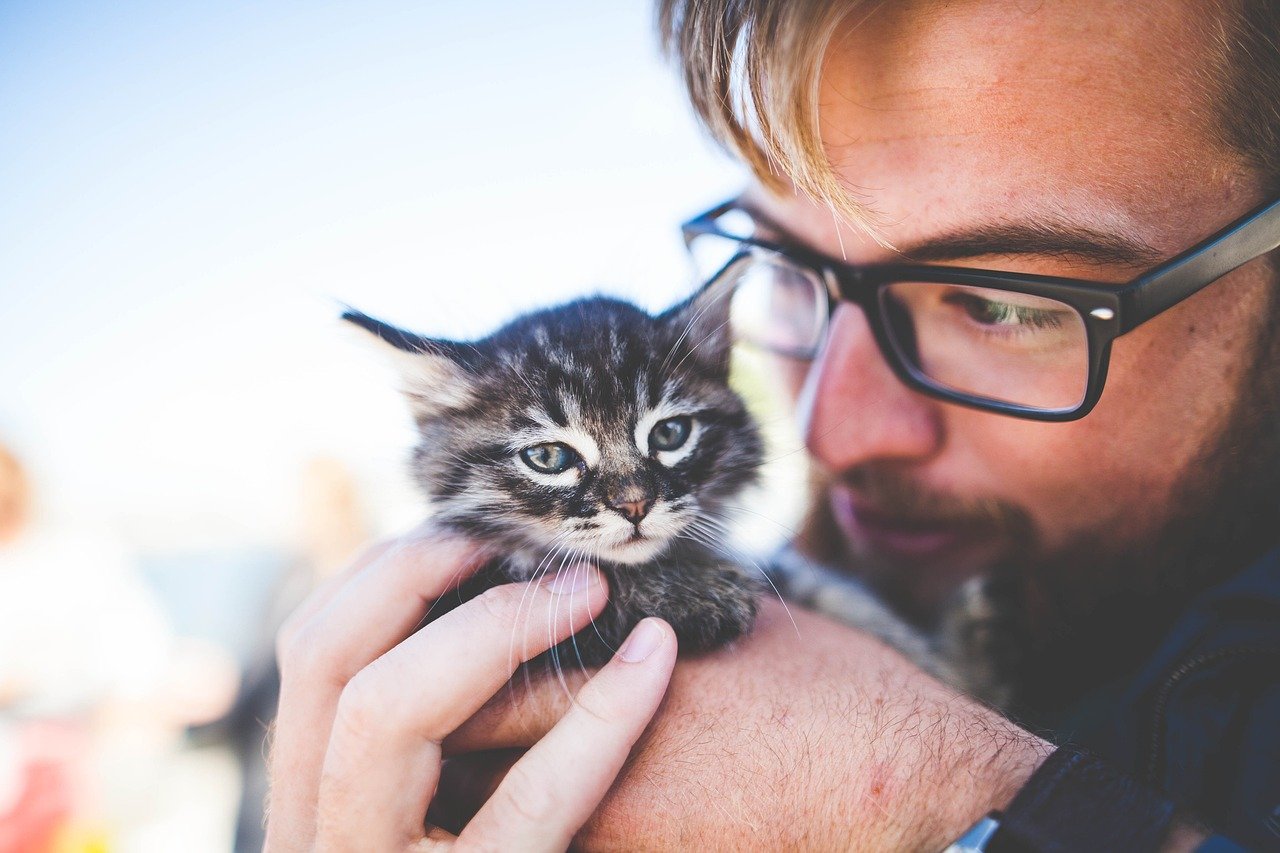
Cats are keen observers and often mimic the routines of their humans. If you get up and move around, your cat may do the same, only to return once you settle down. This mirroring behavior is a sign of their close bond with you—they want to be part of your world and routines, echoing your actions in their own feline way.
Relieving Boredom
A quick stroll away and back can be a way for your cat to break up boredom. Cats need mental stimulation, and even a short walk can help reset their minds. Returning to your side is like saying, “I found nothing better to do, so I’m back!” It’s a sweet reminder that, in their eyes, you’re the most interesting thing in the room.
Comfort in Familiar Scents
Cats have an incredibly strong sense of smell and are comforted by familiar scents. When they walk away, they may be checking out the environment, but returning to you offers the reassurance of your scent. Your presence is deeply soothing to them, like a favorite blanket or toy. Sitting near you helps them feel anchored and safe.
Seasonal and Environmental Changes
Shifts in temperature, lighting, or even household noise can prompt your cat to walk away and then return. They may be searching for the perfect spot as the sunlight shifts or as the house grows quieter. Their return to your side is a sign that, no matter what changes, you remain their preferred companion and sanctuary.
Age and Personality Factors
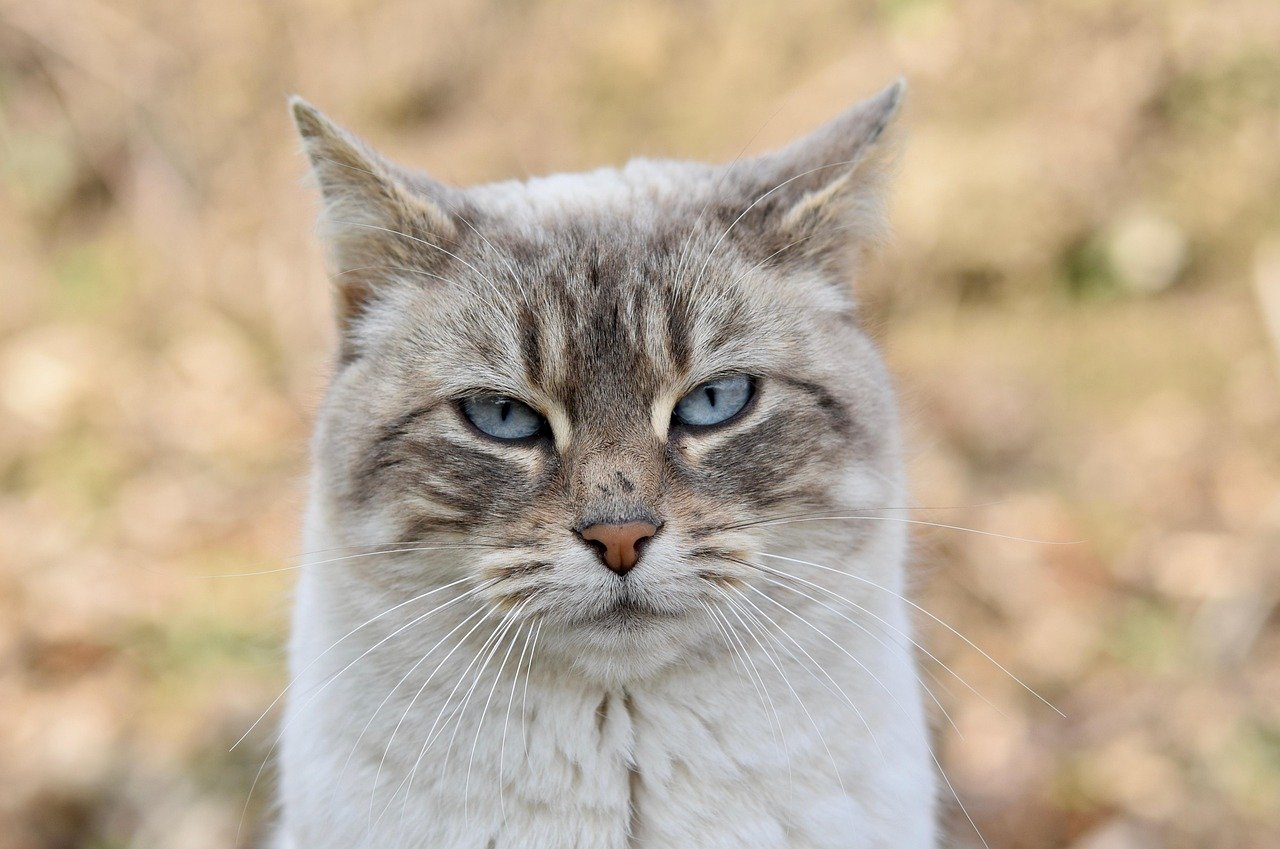
Kittens, adults, and senior cats may all display this behavior, but for different reasons. Young cats may do it out of playfulness or curiosity. Older cats might be seeking comfort or simply moving more slowly. Each cat’s unique personality shapes how often and why they choose to walk away and return, making this behavior as individual as your pet themselves.
Bonding and Trust Building
Every time your cat comes back to sit near you, it’s an act of trust. Over time, this repeated behavior strengthens your bond. They’re telling you, in their own quiet way, that you are part of their chosen family. This circle dance—walking away and returning—creates a comforting pattern that deepens your connection, day by day.
Hi, I’m Bola, a passionate writer and creative strategist with a knack for crafting compelling content that educates, inspires, and connects. Over the years, I’ve honed my skills across various writing fields, including content creation, copywriting, online course development, and video scriptwriting.
When I’m not at my desk, you’ll find me exploring new ideas, reading books, or brainstorming creative ways to solve challenges. I believe that words have the power to transform, and I’m here to help you leverage that power for success.
Thanks for stopping by, Keep coming to this website to checkout new articles form me. You’d always love it!






